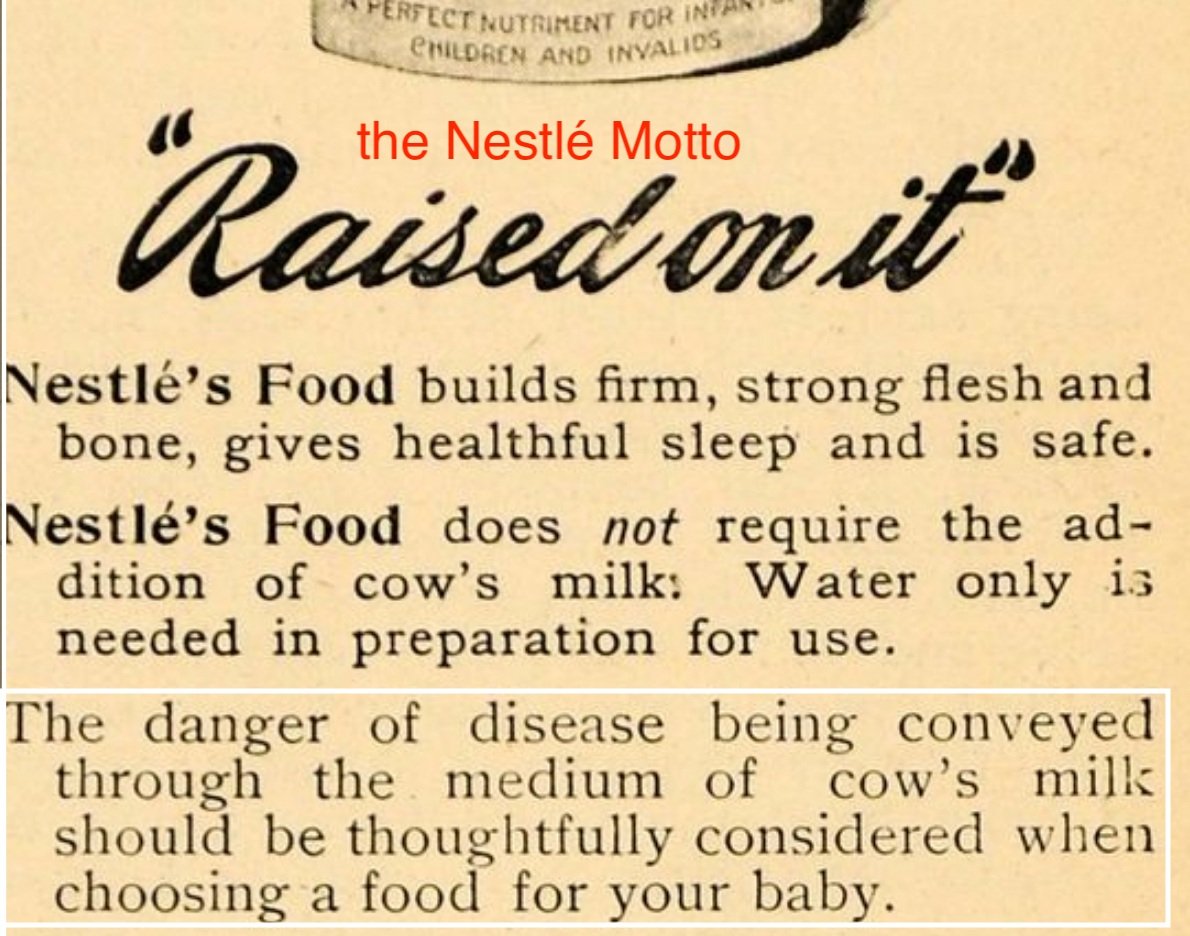Breastfeeding Discussion With Breastfeeding Consultants Claudia Versluis and Kelly Wysocki-Emery
Have you ever wondered what the ingredients are in breastmilk? Have you ever looked at the back of a formula can to have a look at the ingredients? Each year “new” things are being discovered in breastmilk. This poster is an excellent resource for mums to see just what the big deal is about breastfeeding! Not only does breastmilk have HEAPS more ingredients, they are constantly changing to meet the needs of babies and toddlers. Your milk actually changes if you and/or your baby have been exposed to something to protect your baby or toddler. How cool is that?!
The World Health Organization recommends the following for babies if their mother cannot breastfeed. The order is in preference from most preferred to least preferred:
Expressed breastmilk from the infant’s own mother
Donated breastmilk from a healthy wet-nurse or human milk bank
Formula
I would also like to stress how the all of these awesome things in your milk do not magically disappear when your child reaches toddlerhood! The amount of times I have heard people state that toddlers “do not need breastmilk after the age of ___ (you fill in the blank, everyone has a different opinion!) and this is simply not the case. A few thoughts come to mind…
1. The ingredients in breastmilk do not suddenly disappear after your baby reaches a certain age! It continues to give your toddler MANY vitamins, minerals, enzymes, electrolytes, antibacterial properties, antimicrobial properties, antifungal properties etc. etc. etc. which are present the ENTIRE time you breastfeed your child. They do not suddenly vanish into thin air! A research study released in May, 2017 found that the bacteria found in mother’s milk and areolar skin seed the infant gut and profoundly influence the development of infant microbiome. These differences were present even after the babies started eating solids. You can view this study here.
2. Breastmilk is a living tissue within the body (similar to blood) which changes as the needs of your baby and toddler change. Riordan & Wambach (2012) state, “Human milk is similar to unstructured living tissue, such as blood, and is capable or transporting nutrients, affecting biochemical systems, enhancing immunity, and destroying pathogens ” They they go on to say, “Breastmilk, like all other animal milks, is species-specific. It has been adapted throughout human existence to meet nutritional and anti-infective requirements of the human infant to ensure optimal growth, development, and survival” (p. 97).
Moms Don’t Need More Feeding Stress!!
Colostrum is the first fluid that is produced by the breast after delivery for roughly 7 days. It is a condensed yellow fluid that contains a higher amount of protein, vitamins, immune factors and minerals than mature breastmilk. It also has a laxative effect that helps the baby excrete the dark, tar-like stool produced in the womb. Transition milk is the milk produced for the following 2 weeks which is creamier than the mature milk. Then mature milk is produced from 20 days after birth, onwards. Mature milk can vary in fat levels and immune factors depending on the infant’s need and age.
We don’t need corporations to scare moms into feeling as though their child’s health will be threatened by continuing to breastfeed. We have a long and unfortunate history of shame and guilt aimed toward mothers in the name of corporate profiteering. We know that mothers can stop breastfeeding when either mother or child feels ready. Empowering mothers should be our dominant cultural emphasis when it comes to the health of our young children!
Breastmilk changes depending on the age and needs of the baby. There are three different stages:
Colostrum
Transitional milk
Mature Milk
The rest of this page is still being born…
We have more resources and content for mothers on the way. In the meantime feel free to reach out with any inquiries you may have or learn more about our work on The “Birth Mask”.

Mothers
A mother’s connection to her baby is uncommon and exclusive. All that love yet so many emotional and intense feelings, utterly at the same time. Our job is to help you take care of yourself, give you a few insights and to coach you what to do to feel satisfied and more relaxed about your mothering.







